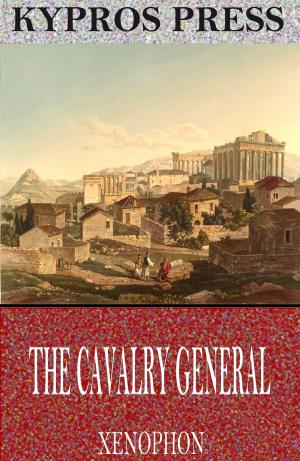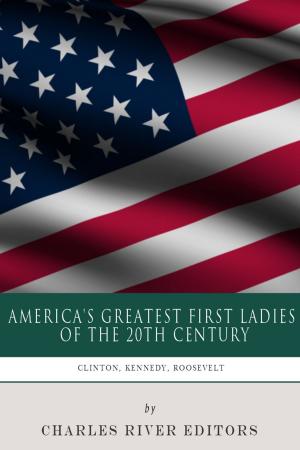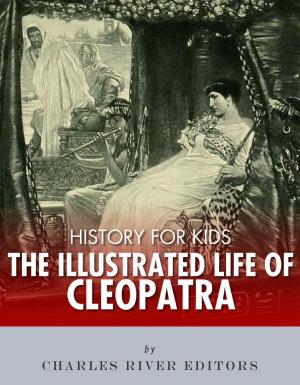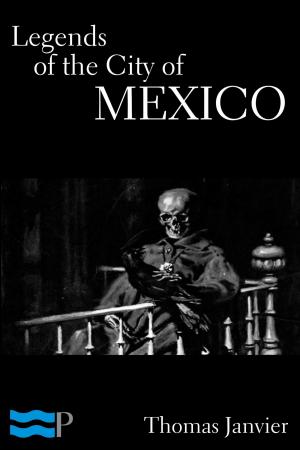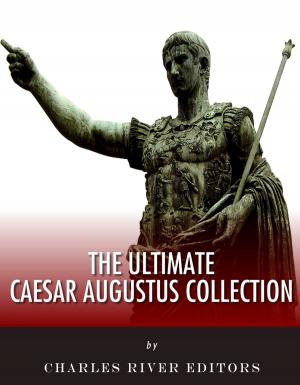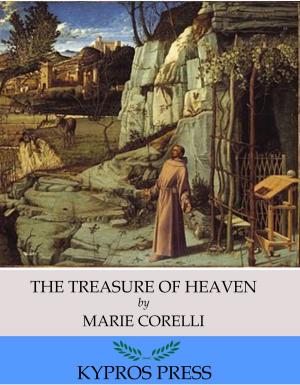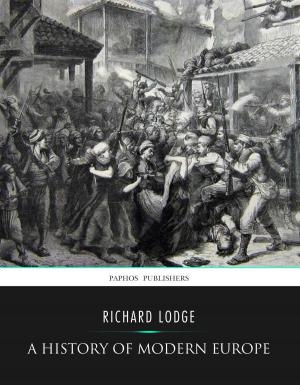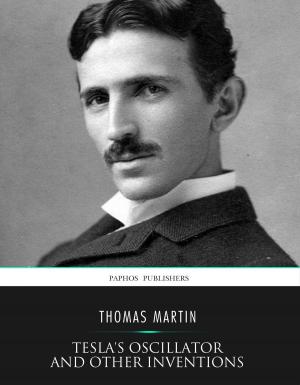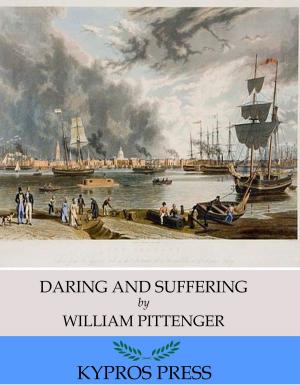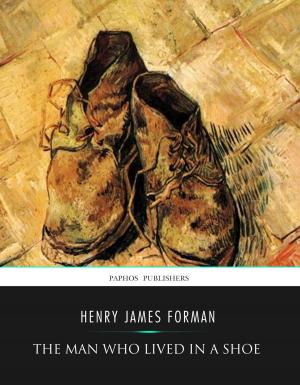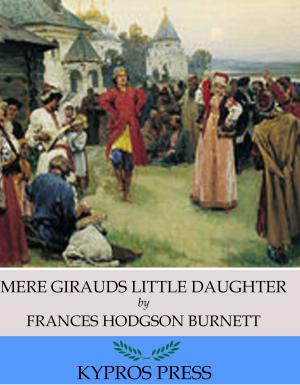Russian Legends: The Life and Legacy of Nikita Khrushchev
Nonfiction, History, Asian, Russia, Americas, United States, 20th Century, Biography & Memoir, Political| Author: | Charles River Editors | ISBN: | 9781475318302 |
| Publisher: | Charles River Editors | Publication: | October 7, 2012 |
| Imprint: | Language: | English |
| Author: | Charles River Editors |
| ISBN: | 9781475318302 |
| Publisher: | Charles River Editors |
| Publication: | October 7, 2012 |
| Imprint: | |
| Language: | English |
*Includes pictures of Khrushchev and important people, places, and events in his life. *Includes a Table of ContentsWe will bury you. Nikita KhrushchevA lot of ink has been spilled covering the lives of historys most influential figures, but how much of the forest is lost for the trees? In Charles River Editors Russian Legends series, readers can get caught up to speed on the lives of Russias most important men and women in the time it takes to finish a commute, while learning interesting facts long forgotten or never known. For 30 years, much of the West looked on with disdain as the Bolsheviks took power in Russia and created and consolidated the Soviet Union. As bad as Vladimir Lenin seemed in the early 20th century, Joseph Stalin was so much worse that Churchill later remarked of Lenin, Their worst misfortune was his birth... their next worst his death. Before World War II, Stalin consolidated his position by frequently purging party leaders (most famously Leon Trotsky) and Red Army leaders, executing hundreds of thousands of people at the least. And in one of historys greatest textbook examples of the idea that the enemy of my enemy is my friend, Stalins Soviet Union allied with Britain and the United States to defeat Hitler in Europe during World War II. Stalin had ruled with an iron fist for nearly 30 years before his death in 1953, which may or may not have been murder, just as Stalin was preparing to conduct another purge. With his death, Soviet strongman and long-time Stalinist Nikita Khrushchev (1894-1971), who had managed to stay a step ahead of Stalins purges if only because he participated in them, became the Soviet premier. A barely known figure outside of the Eastern bloc, Khrushchev was derided as a buffoon by one Western diplomat and mocked for his physical appearance by others, but any Western hopes that he would prove a more conciliatory figure than Stalin were quickly snuffed out as the hard-line Khrushchev embraced confrontational stances. In a statement to Western diplomats at the Polish embassy in Moscow, Khruschev famously warned, We will bury you. And after his first meetings with President John F. Kennedy, Kennedy famously compared Khrushchevs negotiating techniques to his own fathers. Even today, one of Khrushchevs most memorable moments is banging his shoe at a United Nations General Assembly meeting in September 1960 while a Filipino delegate was speaking. Personal histrionics aside, Khrushchev meant business when dealing with the West, especially the United States and its young president, John F. Kennedy. After sensing weakness and a lack of fortitude in Kennedy, Khrushchev made his most audacious and ultimately costly decision by attempting to place nuclear warheads at advanced, offensive bases located in Cuba, right off the American mainland. As it turned out, the Cuban Missile Crisis would show the Kennedy Administrations resolve, force Khrushchev to back down, and ultimately sow the seeds of Khrushchevs fall from power. By the time he died in 1971, he had been declared a non-citizen of the nation he had ruled for nearly 20 years.Russian Legends: The Life and Legacy of Nikita Khrushchev looks back at Khrushchevs most famous moments, but it also explores how the poor peasant rose to power, his politicking and brutality during the Stalin era, and his time as the Soviet premier. Along with pictures of important people, places, and events, you will learn about Khrushchev like you never have before, in no time at all.
*Includes pictures of Khrushchev and important people, places, and events in his life. *Includes a Table of ContentsWe will bury you. Nikita KhrushchevA lot of ink has been spilled covering the lives of historys most influential figures, but how much of the forest is lost for the trees? In Charles River Editors Russian Legends series, readers can get caught up to speed on the lives of Russias most important men and women in the time it takes to finish a commute, while learning interesting facts long forgotten or never known. For 30 years, much of the West looked on with disdain as the Bolsheviks took power in Russia and created and consolidated the Soviet Union. As bad as Vladimir Lenin seemed in the early 20th century, Joseph Stalin was so much worse that Churchill later remarked of Lenin, Their worst misfortune was his birth... their next worst his death. Before World War II, Stalin consolidated his position by frequently purging party leaders (most famously Leon Trotsky) and Red Army leaders, executing hundreds of thousands of people at the least. And in one of historys greatest textbook examples of the idea that the enemy of my enemy is my friend, Stalins Soviet Union allied with Britain and the United States to defeat Hitler in Europe during World War II. Stalin had ruled with an iron fist for nearly 30 years before his death in 1953, which may or may not have been murder, just as Stalin was preparing to conduct another purge. With his death, Soviet strongman and long-time Stalinist Nikita Khrushchev (1894-1971), who had managed to stay a step ahead of Stalins purges if only because he participated in them, became the Soviet premier. A barely known figure outside of the Eastern bloc, Khrushchev was derided as a buffoon by one Western diplomat and mocked for his physical appearance by others, but any Western hopes that he would prove a more conciliatory figure than Stalin were quickly snuffed out as the hard-line Khrushchev embraced confrontational stances. In a statement to Western diplomats at the Polish embassy in Moscow, Khruschev famously warned, We will bury you. And after his first meetings with President John F. Kennedy, Kennedy famously compared Khrushchevs negotiating techniques to his own fathers. Even today, one of Khrushchevs most memorable moments is banging his shoe at a United Nations General Assembly meeting in September 1960 while a Filipino delegate was speaking. Personal histrionics aside, Khrushchev meant business when dealing with the West, especially the United States and its young president, John F. Kennedy. After sensing weakness and a lack of fortitude in Kennedy, Khrushchev made his most audacious and ultimately costly decision by attempting to place nuclear warheads at advanced, offensive bases located in Cuba, right off the American mainland. As it turned out, the Cuban Missile Crisis would show the Kennedy Administrations resolve, force Khrushchev to back down, and ultimately sow the seeds of Khrushchevs fall from power. By the time he died in 1971, he had been declared a non-citizen of the nation he had ruled for nearly 20 years.Russian Legends: The Life and Legacy of Nikita Khrushchev looks back at Khrushchevs most famous moments, but it also explores how the poor peasant rose to power, his politicking and brutality during the Stalin era, and his time as the Soviet premier. Along with pictures of important people, places, and events, you will learn about Khrushchev like you never have before, in no time at all.

